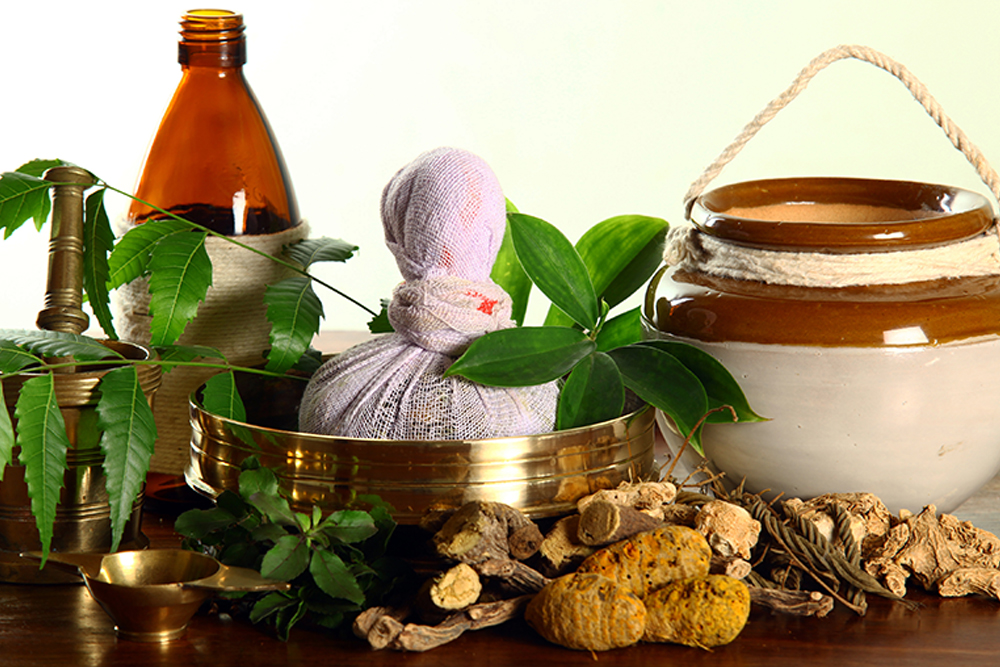
Elemental Medicine incorporates the wisdom of Ayurvedic Medicine, which is based on the ancient natural medical system of India developed more than 5,000 years ago. Considered as a sister science of yoga, Ayurveda looks at the causes beneath a patient’s symptoms in order to bring the body back into balance.
Dr. Devlin and Dr. Savastio use Ayurveda to gain profound insight into the patient’s constitution or body type and its role in the development of health and disease.
A patient’s constitution reveals much about him or her in terms of physical, mental and emotional makeup as well as particular disease tendencies. With this level of in-depth specific information for each patient, Elemental Medicine’s naturopathic doctors develop a customized plan from a tool chest of options. That plan entails selecting the proper diet, lifestyle, herbs and therapies that will bring a patient into a state of vibrant health.
The Constitutions: Added Insights for Health
The constitution is based on the Ayurveda concept that the entire universe is formed from the elements of space, air, fire, water and earth. Ayurveda combines the elements into the three doshas: Vata, Pitta and Kapha. Each person has his or her own inborn blend of these elements that is revealed primarily by his or her bone structure.
Individuals can have one or a combination of the following doshas:
- Vata: combines the elements of air and space. Slenderness, a large cranium, hollow cheeks and a narrow jaw characterize the vata person. He or she may be very spiritual and intellectual, but is often nervous, fidgety, scattered, forgetful and indecisive. Other descriptions run the gamut from “perky” and “bubbly” to “book-smart, life-dumb.” Typical symptoms of unbalanced vata are digestive gas and bloating, constipation, anxiety, insomnia, and poor memory. Famous vata people include Fred Astaire and Audrey Hepburn.
- Pitta: combines fire and an aspect of water. Physically, pitta has a medium build that can turn to fat with an American diet. However, the pitta person can go on a diet and “burn it off.” The face is shaped like a heart, with wide cheeks tapering to a round chin. Pitta excels in judgment, reason and understanding, and is competitive and frequently aggressive. Most of the world’s leaders are high in pitta dosha. Typical symptoms of pitta imbalance are, naturally, inflammatory-heart burn, rashes, colitis, and arthritis.
- Kapha: combines water and earth, which form the physical aspect of the universe. The kapha person is therefore substantial, with thick bones, stout arms and legs, a deep chest, and often a large jaw that tapers upward to a smaller cranium. This is usually a practical person who knows the ways of the world, and is bent on acquiring financial security for his family. He is often a stable, dependable and a levelheaded problem-solver who may be sentimental, with fierce loyalties to tradition. Signs of kapha imbalance include obesity, heart disease, diabetes and depression. New Jersey governor Chris Christie is an example of the kapha type.
Ayurveda also is the source of Panchakarma, the powerful detoxification and cleansing technique that excels in removing ama, the toxic material that is the root cause of many diseases. Dr. Savastio personally trained with an Ayurvedic doctor friend more than fifteen years ago to bring panchakarma to Elemental Medicine in its most authentic form. He also chose to make it affordable so people from all walks of life could benefit from this treatment, which Dr. Savastio terms “the best of the best.”
“Exuberant, vibrant good health is the natural state of a person. When health is absent, Ayurveda teaches us to find and correct the imbalance responsible for ill health.”
-Dr. George Savastio

